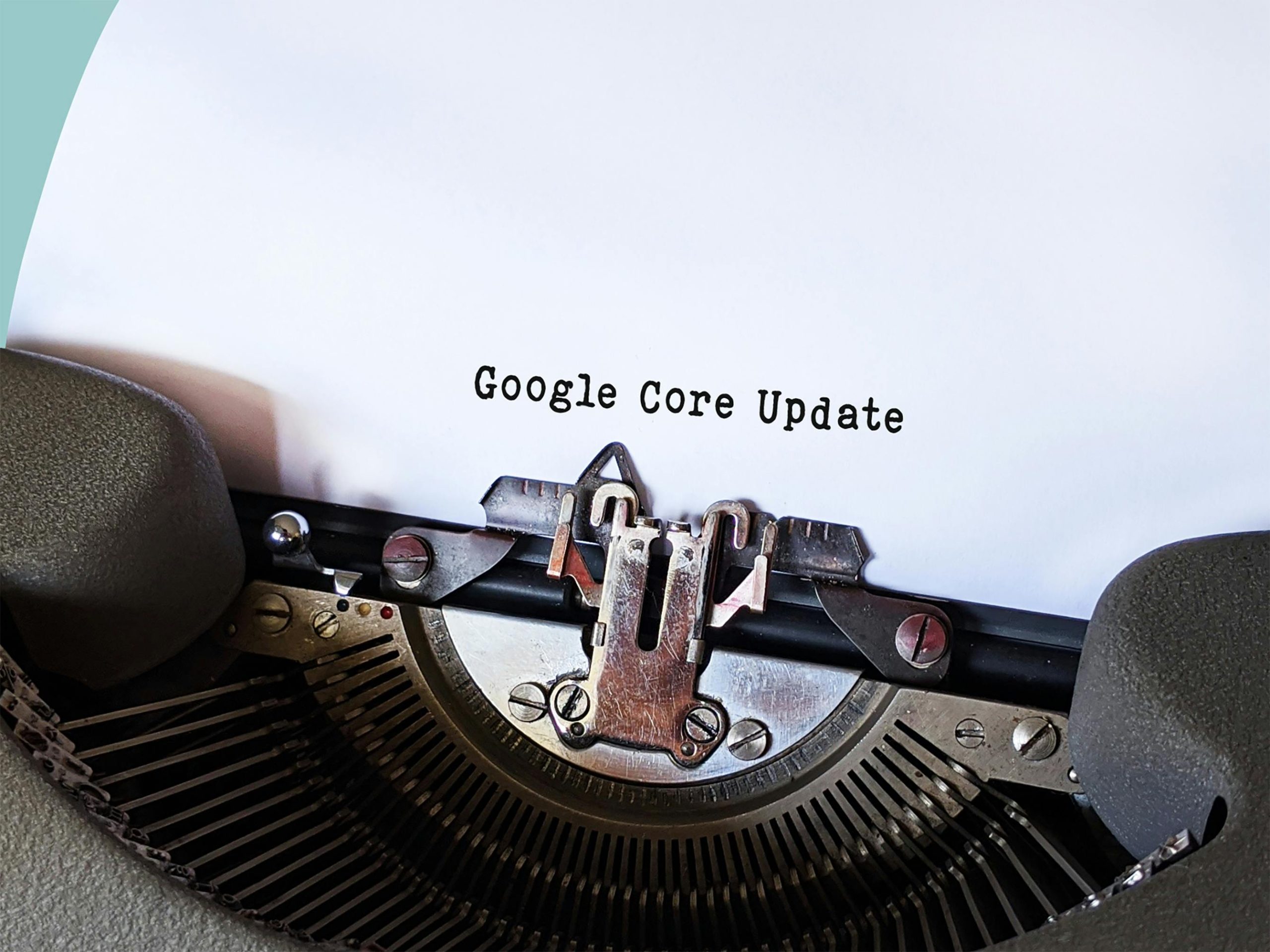Understanding and Resolving Sudden Traffic Decline on Your WordPress News Website: A Guide to Core Web Vitals and Indexing Challenges
Introduction
If your news website has recently experienced a significant drop in traffic, especially from Google Discover, and you notice poor Core Web Vitals metrics, you’re not alone. Such issues can stem from a combination of technical performance problems, indexing issues, and website structure inefficiencies. This article aims to help you diagnose common causes and outline practical strategies to recover your site’s visibility and performance.
Assessing the Situation
A typical scenario involves a noticeable decrease in organic traffic coinciding with degraded Core Web Vitals metrics, such as a high Largest Contentful Paint (LCP), high Cumulative Layout Shift (CLS), and slow First Contentful Paint (FCP). Additionally, tools like Google Search Console and Chrome User Experience reports often reveal many URLs marked as “Poor,” along with numerous crawl errors like “Crawled – currently not indexed,” redirects, noindex tags, and 404 errors.
Common Symptoms Include:
- Persistent ranking of older articles without significant updates
- Limited indexing of new content
- Sharp decline in Discover impressions
- Reduced crawl frequency by Googlebot
Potential Causes and Contributing Factors
- Server Performance and Hosting Environment
Slow server response times can significantly impact crawl budgets and user experience. If your hosting environment is underperforming, Google may limit crawling due to resource constraints, leading to longer TTFB (Time to First Byte) and poor metric scores.
- Website Design and Front-End Performance
Heavy reliance on JavaScript—such as sliders, widgets, sticky elements, and ads—can cause high LCP and CLS issues. Excessive CSS and JS payloads delay content rendering and layout stability, adversely affecting Core Web Vitals.
- Plugin Conflicts and SEO Setup
Running multiple SEO plugins simultaneously (e.g., Yoast and RankMath) can lead to conflicting sitemaps, canonical tags, and indexing directives. These conflicts may produce duplicate URLs, low-value pages, or prevent proper indexing.
- Website Structure and Content Management
Generating numerous low-value archive pages, redundant URLs, or lazy-loading content improperly can flood Google’s crawl queue with unnecessary pages, reducing crawl efficiency and impacting indexing.
Strategies for Recovery and Optimization
-
Improve Server Response Times
-
Upgrade to a high-performance hosting provider optimized for WordPress.
- Implement caching solutions (e

